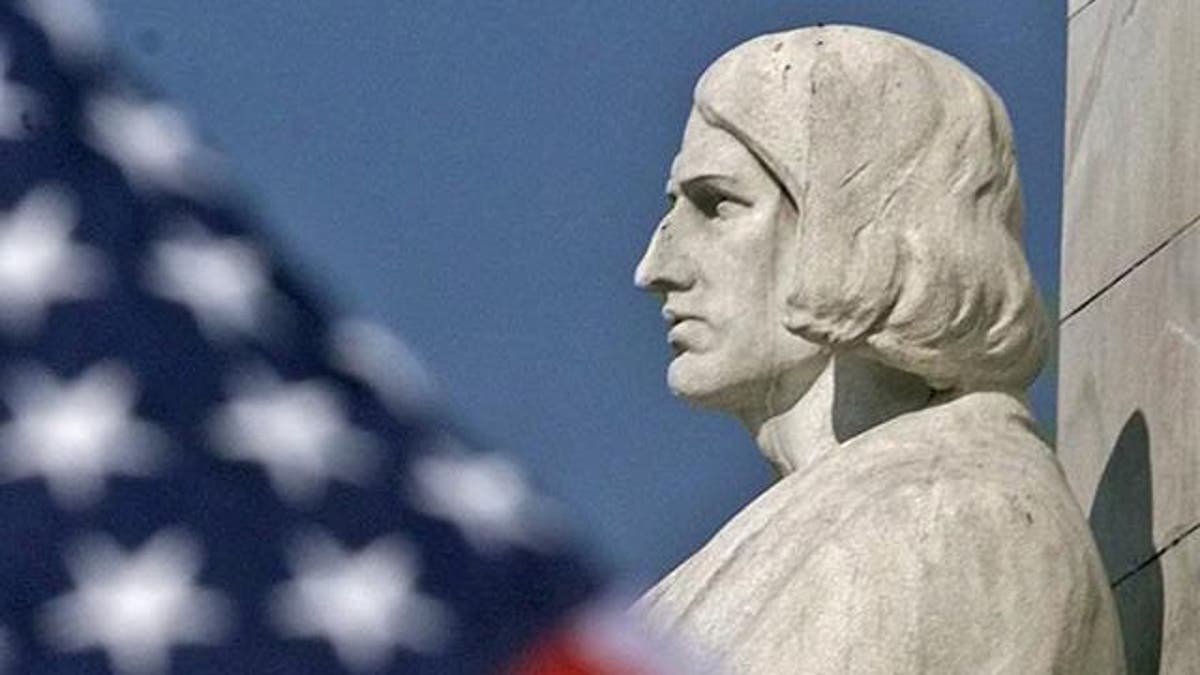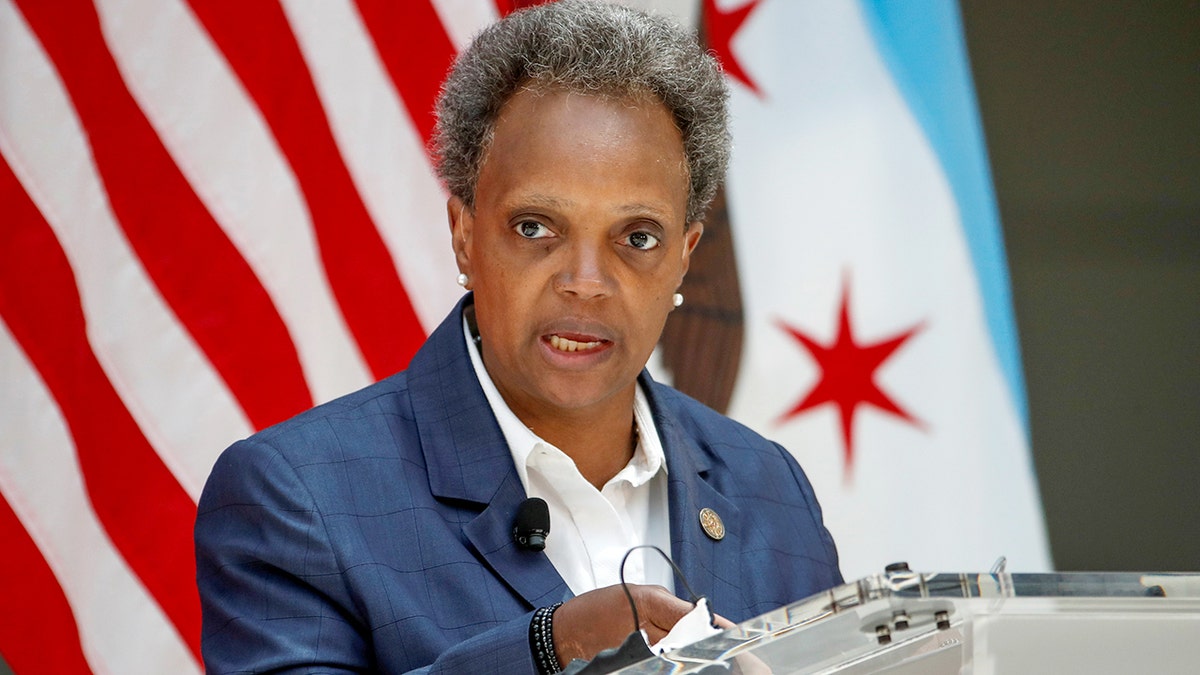Fox News Flash top headlines for August 19
Fox News Flash top headlines are here. Check out what's clicking on Foxnews.com.
The Chicago monuments project advisory committee recommended Friday that the city permanently remove its three Christopher Columbus statues and the Balbo Monument.
The panel also advised the city to consider altering or removing around 40 other monuments.
It remains to be seen whether the city will follow the recommendations, but Chicago Mayor Lori Lightfoot suggested in May that she would ignore them.
The mayor established the committee following racial justice protests in 2020 and a violent clash with police in which demonstrators attempted to take down the Columbus statue in Grant Park.
BLM-ALIGNED COALITION DEMANDS RELEASE OF CONVICTED COP KILLERS

The Chicago monuments project advisory committee recommended Friday that the city permanently remove its three Christopher Columbus statues and the Balbo Monument.
The committee has since reviewed over 500 city monuments and recommended that 41 of them be removed, moved, replaced or altered to provide additional context.
The city will offer $50,000 in grants for the development of eight new art projects that could potentially replace the monuments.
"These artist projects will add – permanently or temporarily – to the City’s collection and memorialize events, people, or groups that historically have been excluded or underrepresented," the panel's report read. "This is a crucial step in telling the true and complete history of Chicago and all its people."
The report also included a "counterpoint" essay, arguing against the removal of the Columbus statues and the Balbo statue. Committee member Sergio Giangrande, former president of the Joint Civic Committee of Italian Americans, a group that called on the city to return the Columbus statues and provide them security, penned the essay.
"I vehemently oppose the removal of any of the three Christopher Columbus statues, as well as the monument dedicated to the milestone in aviation by Italo Balbo. For every argument against these explorers, there are facts that debunk it. Authors and scholars alike can prove that most of the myths that surround Columbus and Balbo are just that, myths," Giangrande argued.
CHICAGO DRIVE-BY SHOOTING LEAVES 1 DEAD, 4 INJURED ON WEST SIDE

The mayor established the committee following racial justice protests in 2020 and a violent clash with police in which demonstrators attempted to take down the Columbus statue in Grant Park. (REUTERS/Kamil Krzaczynski)
"Furthermore, how many of the proven actions, that were less than acceptable today, were a product of the times? That perspective deserves credence," he continued.
The "monuments are not, nor were they intended to be, political statements," Giangrande emphasized.
In the summer of 2020, Lightfoot had two Columbus statues "temporarily" removed from Grant and Arrigo parks in the middle of the night over safety concerns. A third Columbus statue still resides near 92nd Street and South Chicago Avenue.
The panel opposes returning the Columbus statues in Grant and Arrigo parks because "the image of Columbus has become a bitter reminder of centuries of exploitation, conquest and genocide."
The statues, the report says, would also endure continued "adverse public reaction" and providing long-term security for them requires too many resources.
ILLINOIS POLICE SAY STUDENT BROUGHT A LOADED GUN TO SCHOOL IN CHICAGO SUBERB

A statue of Christopher Columbus at Grant Park in Chicago is removed early on July 24, 2020.
And among the monuments the panel argues need revised text are the General John Logan monument in Grant Park, the Ulysses S. Grant and Benjamin Franklin monuments in Lincoln Park, the Illinois Centennial Monument in Logan Square and multiple Lincoln statues.
CLICK HERE TO GET THE FOX NEWS APP
The report said the 41 monuments were reviewed because they promote narratives of white supremacy; demean Native Americans, memorialize people with connections to racist acts, slavery and genocide; present one-sided views of history; neglect stories of women, people of color, themes of labor, migration and community building; and create tension between people "who see value in these artworks and those who do not."






















